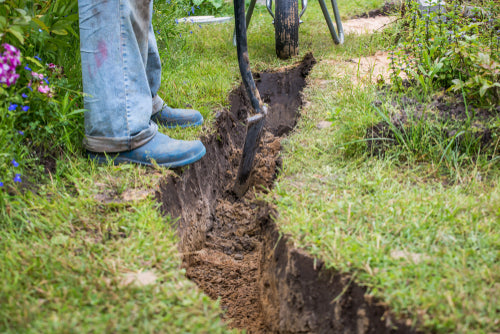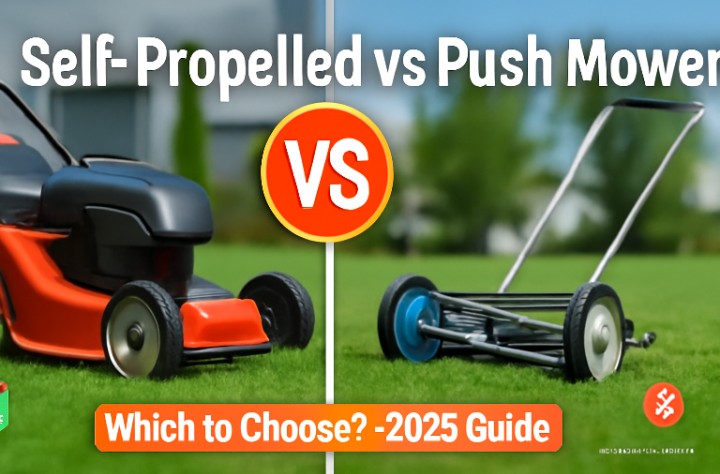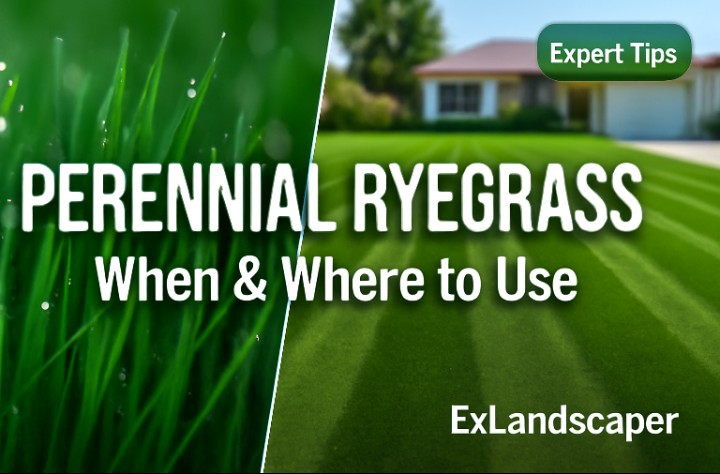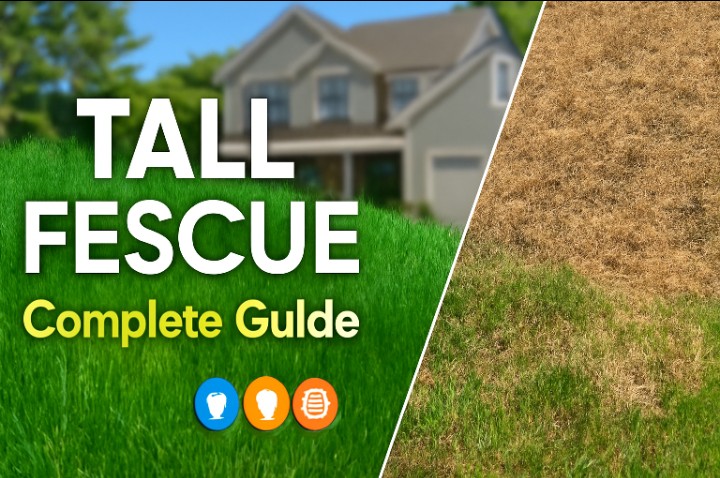Ever stepped on your lawn after rain and felt your foot sink into soggy ground? You are not alone. Millions of homeowners struggle with yards that just will not drain properly.
Standing water is not just annoying, it is slowly killing your grass and creating expensive problems you will deal with for years. The good news is Scientists have figured out exactly how to fix these issues.
Let me share what actually works, backed by real research from soil scientists and drainage experts. No guesswork, no old wives’ tales just proven solutions that transform soggy lawns into healthy thriving landscapes.
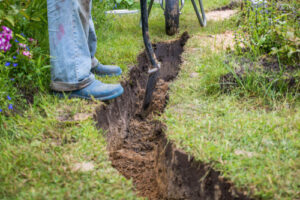
Why Your Soil Will not Drain And What Science Says About It?
Here is something that might surprise you. 12% of all soil worldwide has drainage problems. You are dealing with a challenge that affects millions of properties globally.
Think of your soil like a sponge. When it works right, water soaks in at the perfect speed. Your grass gets what it needs without drowning. But when things go wrong, you get either a concrete-hard surface that sheds water or a swampy mess that never dries out.
The magic happens in the tiny spaces between soil particles. Water needs to move through these channels at just the right pace. Too fast, and your grass dies of thirst. Too slow, and roots suffocate from lack of oxygen.
Clay Soil The Biggest Troublemaker
Clay soil drives homeowners crazy because of its microscopic particles that pack together like puzzle pieces. Research shows that aerating compacted clay soil creates immediate improvements in drainage by removing small plugs of soil, creating channels for water to flow through more easily.
When clay gets wet, it becomes sticky and impermeable. When it dries, it cracks like concrete. Neither condition helps your grass grow healthy roots.
Sandy soil has the opposite problem – water rushes through so fast that grass roots can not grab enough moisture. The sweet spot is loamy soil that balances everything perfectly.
What Actually Causes These Problems
Construction activity is a major culprit. Heavy equipment compresses soil into rock-hard layers that can take decades to recover naturally. Even regular foot traffic from kids and pets gradually squeezes out the air spaces that water needs to move through.
High water tables affect properties near lakes, rivers or in low-lying areas. During wet seasons, groundwater rises close to the surface making drainage nearly impossible.
Poor grading sends water toward your house foundation or creates low spots where puddles form. Sometimes the solution is not better soil, it is better water management.
How to Spot Drainage Problems Before They Get Worse
Walk your yard during the next good rain. Watch where water goes and where it stays. These simple observations tell you more than expensive soil tests.
Water sitting for more than a day after rain signals serious problems. Even shorter periods of standing water stress grass and create perfect conditions for disease and pests.
Look for yellow or thin grass in areas that seem to stay wet longer. Moss growing in sunny spots usually means water is not moving properly through the soil.
The Percolation Test Your Drainage Detective Tool
To perform a perk test, dig a hole at least 12 inches down and 4 to 12 inches wide. Fill it with water let it drain completely, then refill it with water to calculate drainage rate.
This simple test reveals exactly how your soil handles water. Well-draining soil should empty the hole within several hours. If water sits there for a full day, you have got work to do.
Do not do this test when soil is already saturated from recent rain. Perk tests should not be done when the soil is overly wet as it can give false test results.
The results guide your next steps. Fast drainage might need water retention improvements. Slow drainage requires methods to open up soil structure.
Solutions That Actually Work
Core Aeration The Foundation of Better Drainage
Core aeration improves drainage by allowing water to penetrate deeper into the soil, reducing surface water and promoting healthier grassroots. This is not just theory it has been proven in study after study.
Unlike spike aeration that just pokes holes, core aeration removes actual soil plugs, creating lasting channels for water movement through compacted layers.
The process works immediately. Aerating compacted clay soil can create immediate improvements in drainage by removing small plugs of soil, creating channels for water to flow through more easily, reducing surface pooling.
But timing matters. Spring and fall give your grass the best chance to recover from the temporary stress. Avoid aerating during summer heat waves or drought conditions.
Professional equipment covers ground faster and more consistently than rental machines. However, smaller yards can benefit from DIY approaches using manual tools or rental aerators.
Adding Organic Matter The Long-Term Game Changer
University research provides clear guidance here. Adding lots of organic matter such as compost, farm manure or shredded leaves to clayey soil will allow it to drain more easily and hold the right amounts of water and air for better plant growth.
This is not just about drainage, it is about transforming your entire soil ecosystem. Organic matter creates stable soil structure that lasts for years not just seasons.
Compost gives you the most reliable results. Apply thin layers annually rather than dumping thick amounts once. Heavy applications can actually slow water movement by creating barriers between different soil layers.
Avoid the sand trap that catches many homeowners. Adding sand to clay soil without proper ratios creates concrete-like conditions that are harder to fix than your original problem.
Advanced Infrastructure Solutions
Sometimes soil improvements are not enough. Recent findings highlight the importance of implementing more efficient, ideally controllable, drainage systems to improve the long-term productivity of inherently poorly drained soils.
French drains solve localized flooding by collecting excess water and directing it elsewhere. These underground channels work immediately and last for decades when properly installed.
Surface drains capture water from specific problem areas before it can pool and cause damage. Connect them to underground pipes or direct them to appropriate discharge areas.
Professional installation ensures these systems work correctly from day one. Poorly designed drainage can create new problems in other areas of your property.
Special Strategies for Problem Soils
Conquering Clay Soil
You can use digging forks, aeration rollers and shoes for clay soil aeration. These tools work effectively without expensive equipment investments.
Clay soil improvement requires patience. You are not just changing soil structure you are rebuilding an entire underground ecosystem. This takes multiple seasons of consistent effort.
Never work clay when it’s wet. This creates compaction that’s worse than your original problem. Wait for proper moisture conditions before starting any improvement project.
Managing Sandy Soil
Sandy soil needs the opposite approach. Focus on adding materials that help retain moisture while maintaining adequate drainage.
Organic matter works here too but for different reasons. It helps sandy soil hold onto water and nutrients that would otherwise wash away too quickly.
Mulching around grass areas reduces evaporation and helps maintain more consistent soil moisture throughout the growing season.
Measuring Your Success
Document problem areas with photos before starting improvements. Take pictures from the same spots at regular intervals to track changes objectively.
Repeat percolation tests annually to measure drainage improvements. Compare results to your baseline measurements to see which methods work best.
Watch grass health patterns throughout growing seasons. Note improvements in previously problematic areas and identify any new issues requiring attention.
Success looks different depending on your starting point. Clay soil might show dramatic improvements in water infiltration. Sandy soil improvements focus more on moisture retention and nutrient availability.
Maintenance That Keeps Things Working
Soil aeration enhances water drainage and infiltration, preventing waterlogging and root rot. But this is not a one-time fix – it requires ongoing attention.
Plan annual aeration for high-traffic areas that compact quickly. Less used sections might only need treatment every few years. Monitor soil conditions and adjust timing based on actual needs.
A lawn aerating service will help break up thatch by increasing the activity of soil microorganisms that decompose it. This bonus benefit improves overall soil health beyond just drainage.
Traffic management protects your improvements. Create designated pathways for regular foot traffic to prevent recompaction of treated areas.
When to Call the Professionals
Some lawns need aeration more than others and are likely to have ongoing problems until soil compaction is relieved and oxygen, water and nutrients can reach roots. Professional evaluation determines whether DIY efforts will succeed.
Complex drainage problems often need multiple solutions working together. Professionals understand how different methods interact and can design comprehensive approaches.
Do not wait until small problems become expensive disasters. Early professional consultation often saves money compared to trying multiple DIY solutions that do not address root causes.
The Bottom Line on Drainage Improvement
Poorly drained and badly aerated soils occur in many parts of the world, making this a widespread challenge that requires proven solutions.
The science is clear: proper drainage supports every other aspect of lawn care. Fertilizer works better. Grass seed germinates more successfully. Disease pressure decreases significantly.
Start with simple diagnostic tests to understand your specific challenges. Focus initial efforts on the most problematic areas. Success in these spots proves your methods work before expanding treatment.
Remember that by improving root health and nutrient uptake, proper drainage creates conditions for successful lawn establishment and maintenance. You are not just fixing water problems, you are building the foundation for years of lawn success.
Your investment in drainage improvement pays dividends through reduced maintenance, lower water bills and increased property values. Most importantly you will finally have the beautiful, functional outdoor space your family deserves.

